Synesthesia.
Don't worry, it's not contagious. And it's actually pretty cool.
Since I was a little girl, I’ve been aware of the fact that every word I read or hear is colored. To be more precise, every letter and every number has its “own color”. I see these so vividly and automatically in my mind, without any effort or control, that I used to think it was a common experience shared by everyone.
It wasn’t until a Neuroscience class during the first semester of my Master’s in my twenties that I finally learned that my color perception was not common, and that it was called "synesthesia". I approached the Professor after class and he enthusiastically asked whether I would take a battery of tests, since he conducts research on the neurobiological basis of synesthesia. Suddenly, I found myself in a tiny windowless Italian office for two hours, answering detailed questionnaires and assigning all letters, numbers and days of the week a precise shade of color using the color wheel in PowerPoint, until it was confirmed that I indeed have a very strong and consistent form of synesthesia.
I felt strangely giddy.
What is synesthesia?
There are different types of synesthesia, depending on which senses have been blended. Certain sounds (e.g. musical notes) or visual symbols (e.g. letters or numbers) can induce vivid experiences of color, touch, taste, smell, or can even evoke specific personalities. These experiences differ from synesthete to synesthete, but, in all cases, they are involuntary and remain consistent over time.
Seeing colors: My experience with grapheme-color synesthesia
The colors I see in response to letters, numbers, whole words, and other symbols are very precise. For example, "D", "J" and "P" are all green, but they differ in their shades. Similarly, "C" is mustard yellow, whereas "I" is a brighter, sunshine yellow. I see these colors in my mind, although I can project them onto a page or a wall if I think of them. The first letter of a word determines the color for the whole word, and it is based on the orthography, not the sound it makes. For example, the words "cat" and "catastrophe" are both the same mustard yellow color, and the words "photography" and "psychology" are both the same clover green. On the other hand, "site" is dark red, contrary to "cite" which is mustard yellow, even though they share the same sound.
Proper names follow the same colors as common words, but for some reason, days of the week and months of the year have some kind of special status. "Monday" is greyish white, even though the letter M is a midnight blue. "February" is a dark pinkish coral, although the letter F is usually dark purple.
Numbers, unlike words which have one main color, are colored according to their individual digits. For example, 27 is not just one color, but is made up of a yellowish-orange 2 and a reddish-brown 7. Punctuation marks and other symbols also have their own colors, but they are somehow less salient than letters or numbers.
These experiences are vivid whether I read text or hear language. When I see font colors that are incongruent with my "own colors", it is a tremendously unsettling experience! I genuinely have trouble focusing on colored font or on objects like alphabet toys when the colors differ from the ones I instinctively see!
Synesthesia and multilingualism
The colors tend to be consistent when the orthography is consistent (French, Italian, Spanish, German, Dutch), but different when the script is non-alphabetic (Armenian).
I have noticed that my color perceptions are weaker when my proficiency is weaker in a language. For example, as I have less exposure to Armenian script in adulthood than I did in childhood, I have noticed that the color perception of some letters is much less salient than other letters I am more familiar with and can recognize more easily.
On the other hand, scripts I can decipher only in part (Greek) only have some colored letters, whereas scripts I cannot decipher at all (Russian) are not colored at all.
Although letters and words typically share the same color associations across my languages, some symbols do not. Quotation marks, for example, are red in English (” “), blue in French («, ») but yellow in German („“).
Exceptions to my colors
The word “blue” is actually blue, rather than being brownish-orange like the letter B. Oddly enough, though, the word “green” is brownish-red and not green, so I have no idea what makes the meaning prevail in some cases but not in others!
Spatial organization with synesthesia
When people speak, I see words and sentences running through my mind like subtitles.
Days of the week are organized in a specific way (from left to right), as are months of the year (from top to bottom).
Research has shown that these kinds of spatial features seem to be a rather consistent experience among synesthetes.
The upside and downside to living with synesthesia
On the upside, I am quick at spotting typos or mistakes, as well as items on a list because my brain kind of sorts by color as my eyes flit over the writing.
However, synesthesia can also interfere with my memory. I often confuse numbers or names because of their similar color. For example, I always think that the metro station Vendôme in Montreal is on the green line instead of the orange line, because words beginning with V are green. I experience the "tip of the tongue" phenomenon quite a lot when trying to remember someone's name and only being able to see its color in my mind.
Other disadvantages to synesthesia have been reported in the scientific literature. Like other synesthetes have reported, I have odd difficulties in basic sense of direction (unless I see a map, which becomes imprinted in my photographic memory), basic arithmetic and left-right issues (I often have to consciously think about what is "left" and what is "right").
My earliest recollections of color experiences
Another very strong early memory comes from playing the board-game "Life" with my sister. I would spin the wheel and feel unsettled that the number 6 was yellow instead of olive green, and that the number 1 definitely should have been reddish-brown instead of blue.
I didn’t vocalize any of this until sometime in high school when I was shopping for notebooks and school supplies, and I finally told my mom that I needed a green notebook for Physics (“because Physics is a green subject!”) and a blue notebook for Math. I honestly thought she knew exactly what I meant — well, because Moms know everything — but it turns out she had absolutely no clue and I was totally alone in this experience.
I have since then tried to convince her that she and my grandmother must also have SOME form of synesthesia because research into the genetics of synesthesia has revealed that it is indeed hereditary. But alas, I am the only one in my family with this "strange" experience that I'm consistently (but lovingly?) called a "weirdo" over.
Jokes aside, though, I am thankful that I have never felt that my experiences were not valid, nor have I ever felt alienated or ridiculed over them.
Other forms of synesthesia I also experience
"Hearing-motion synesthesia" is when witnessing movement causes an auditory perception. At preschool age, I first noticed that I could hear sounds when watching the TV on mute. I would have the 6 o'clock news on mute while playing with my toys, and I remember "hearing" the frequency of the news anchors' voices based on the movement of their lips, as well as the sounds of their hand gestures and their stacks of paper on their desks.
I seem to "hear" all kinds of movement - gestures, an object cutting through space or other silent bursts of visual stimuli.
I also have a mild case of "mirror touch synesthesia" where I experience a sensation in a part of my body when I watch someone else experience a sensation in that body part.
If I watch a scene of someone burning their hand, I feel the sensation in my own hand. It can get quite disconcerting, but I always describe it as a heightened sense of empathy!
Lastly, I've noticed that I tend to personify objects and feel as though they have personalities. Again, it's not as salient as my main form of color synesthesia. I can sometimes find myself taking a plate from the kitchen cupboard and upon thinking for a minute, replacing it with another, because it didn't "feel" right.
The science of synesthesia
In grapheme-color synesthesia, it seems that the brain areas involved in color processing and in the identification of letters and numbers are connected or “cross-activated”.
Brain imaging studies have revealed significant differences between the brains of synesthetes and non-synesthetes in the way they respond to linguistic stimuli such as graphemes and phonemes (written symbols and sounds). For grapheme-color synesthetes, letters and words have been shown to elicit activation in the brain regions actually involved in processing color, whereas this enhanced activation was not found in non-synesthetes, nor for stimuli that do not typically induce internal color experiences in these individuals. In addition to activating early visual areas responsible for the perception of color, synesthetes also activated “higher-order” brain areas responsible for the cross-modal integration of language and visual form.
The study of synesthesia is now seen as a window into perception, cognition and language, and the connection between them.
My colored world, inside and out
Ask me anything!
Kristina
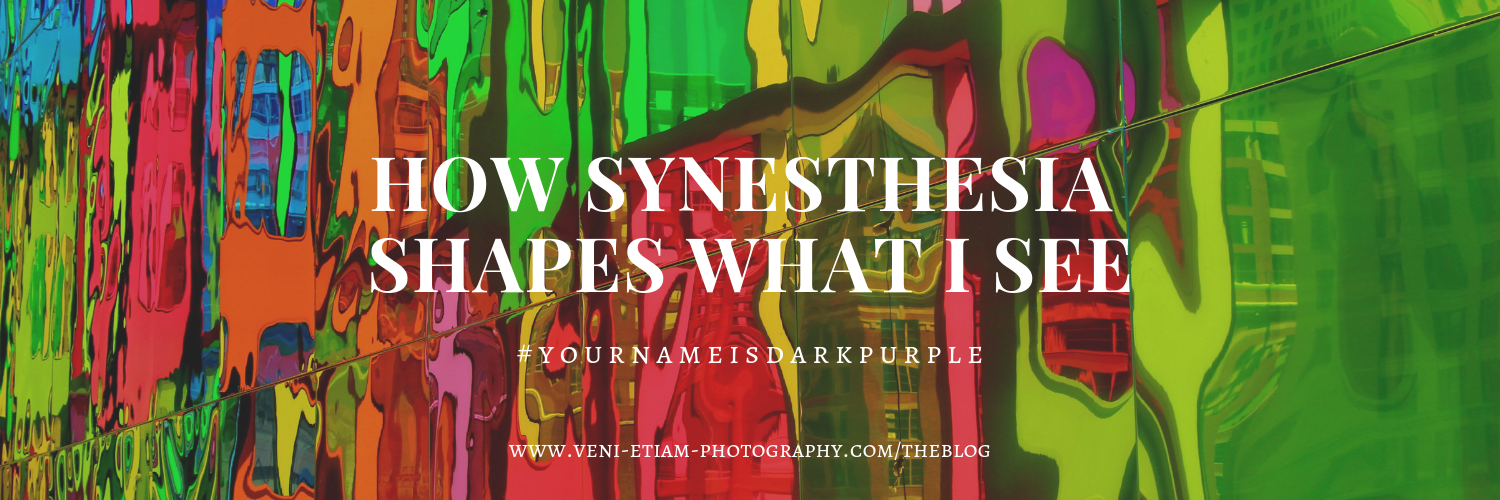
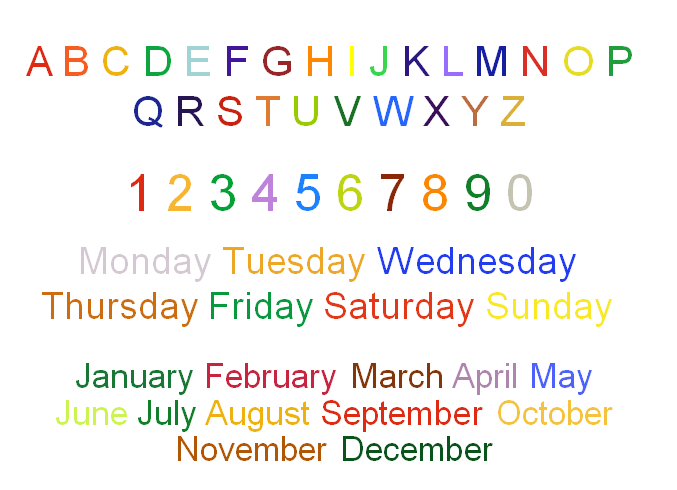
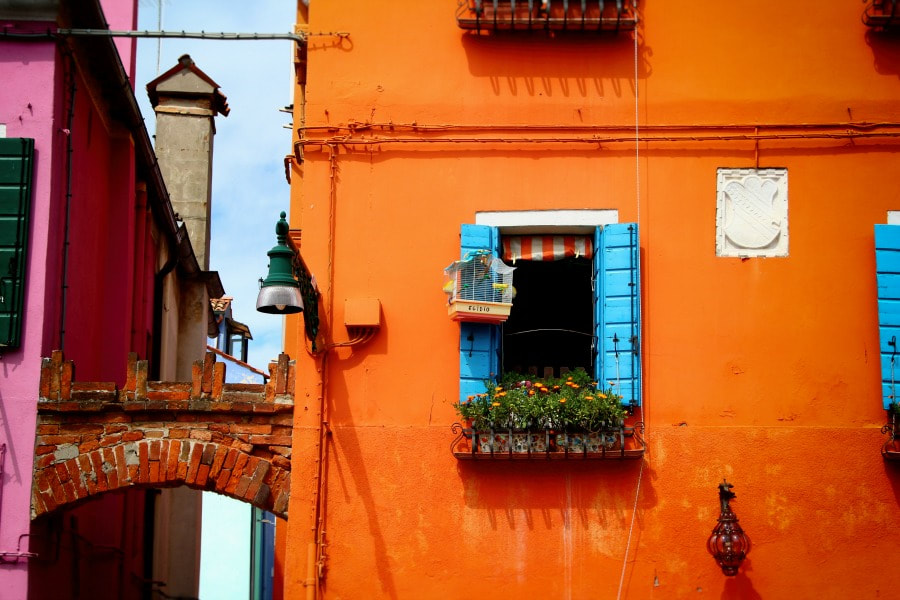
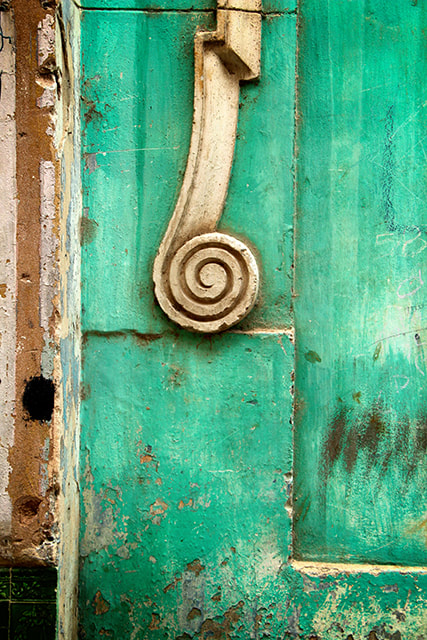
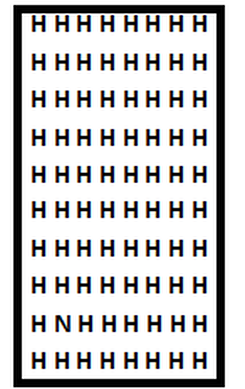


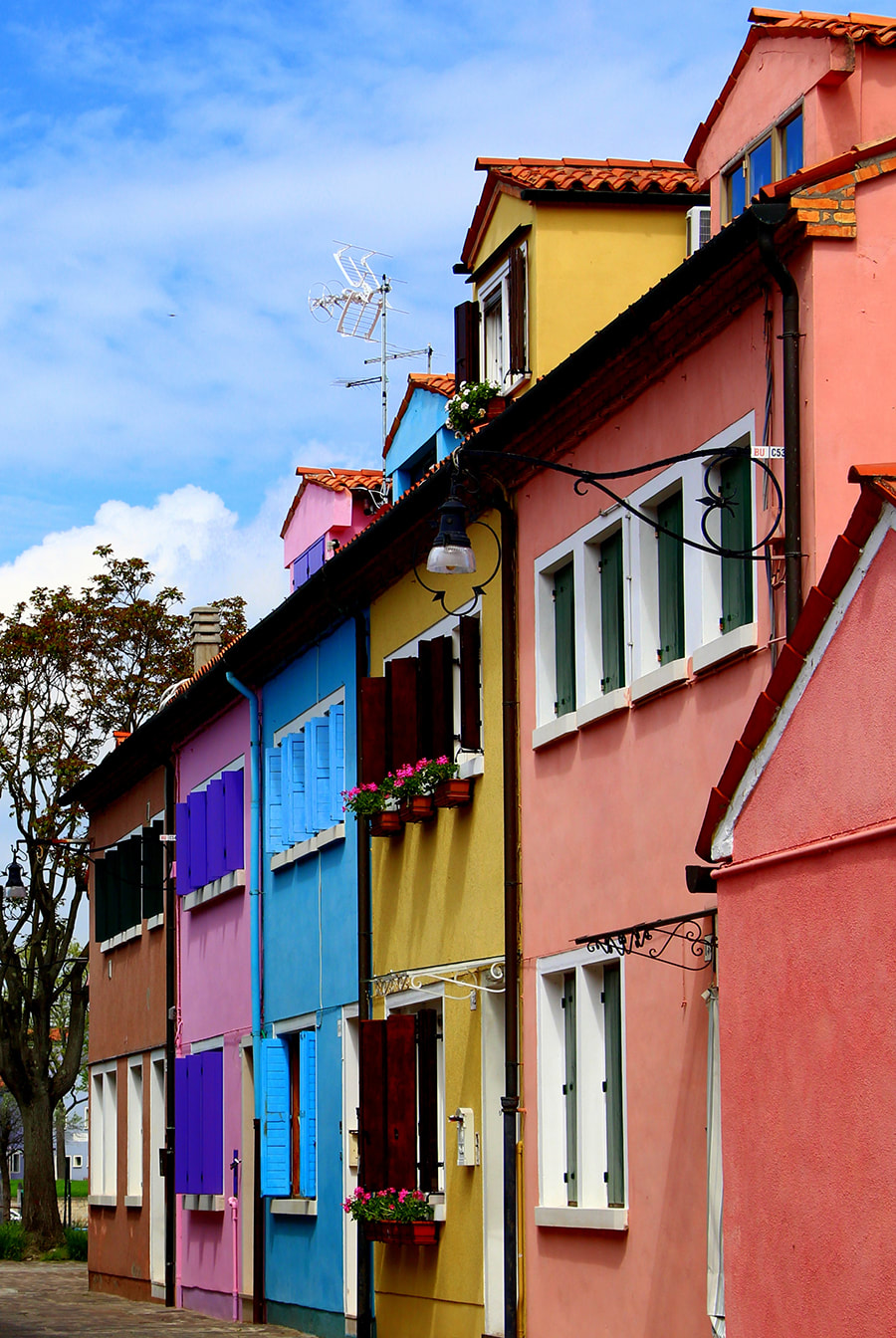
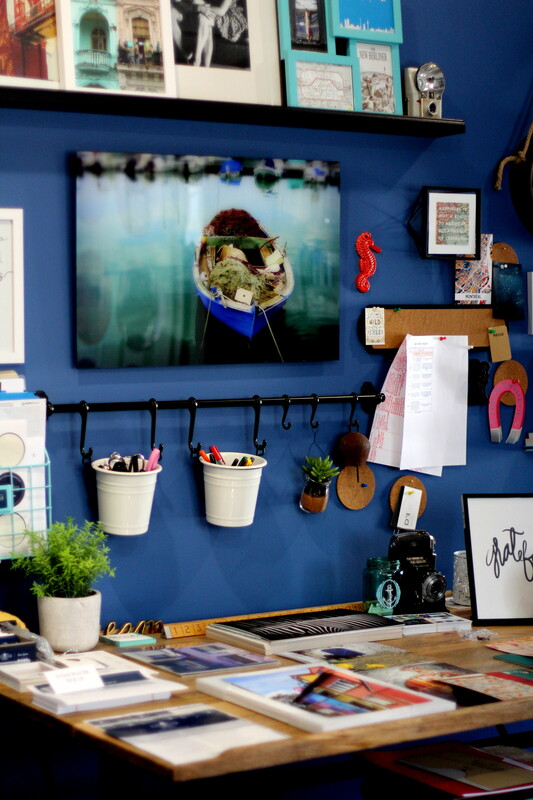
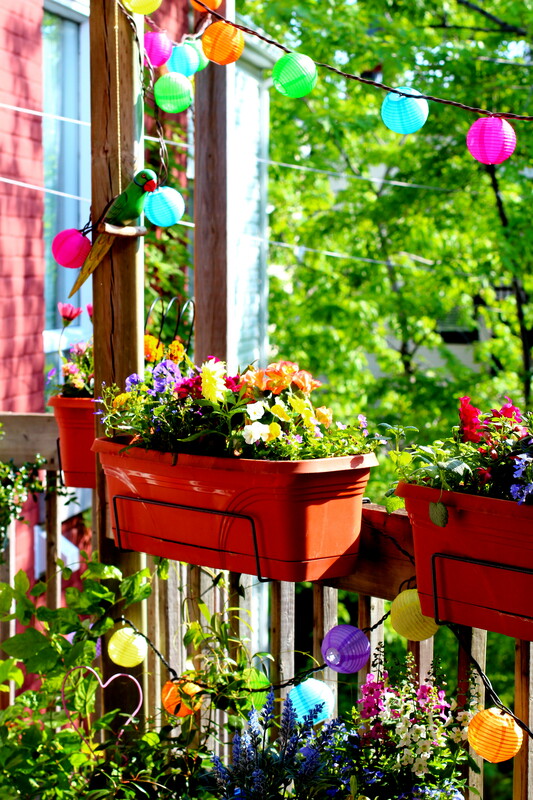
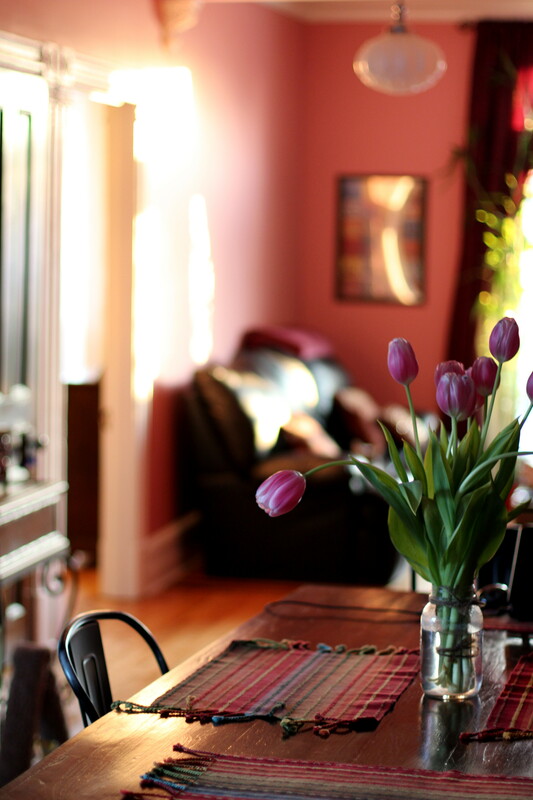
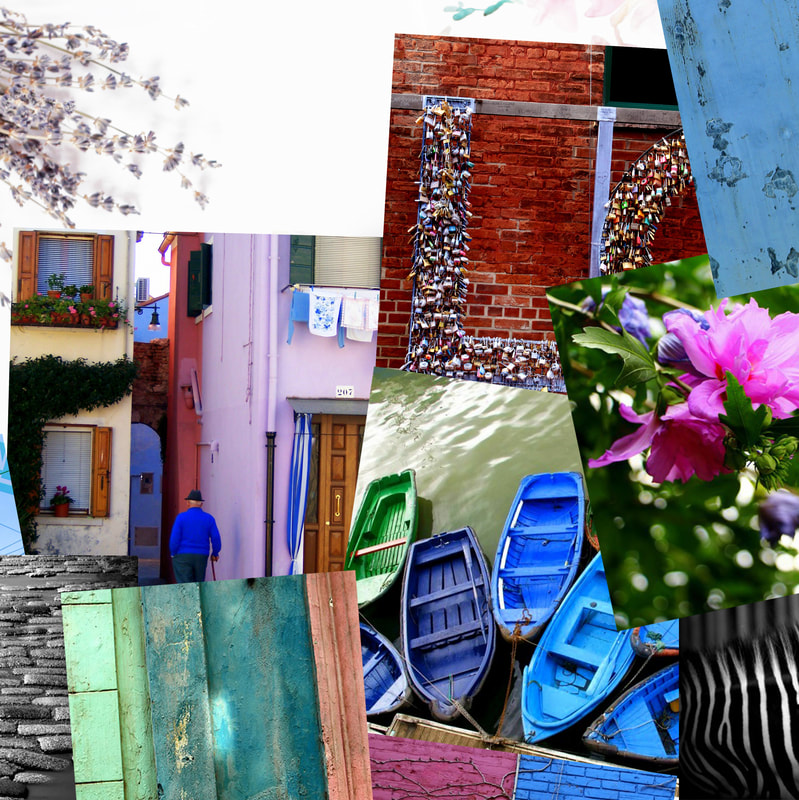
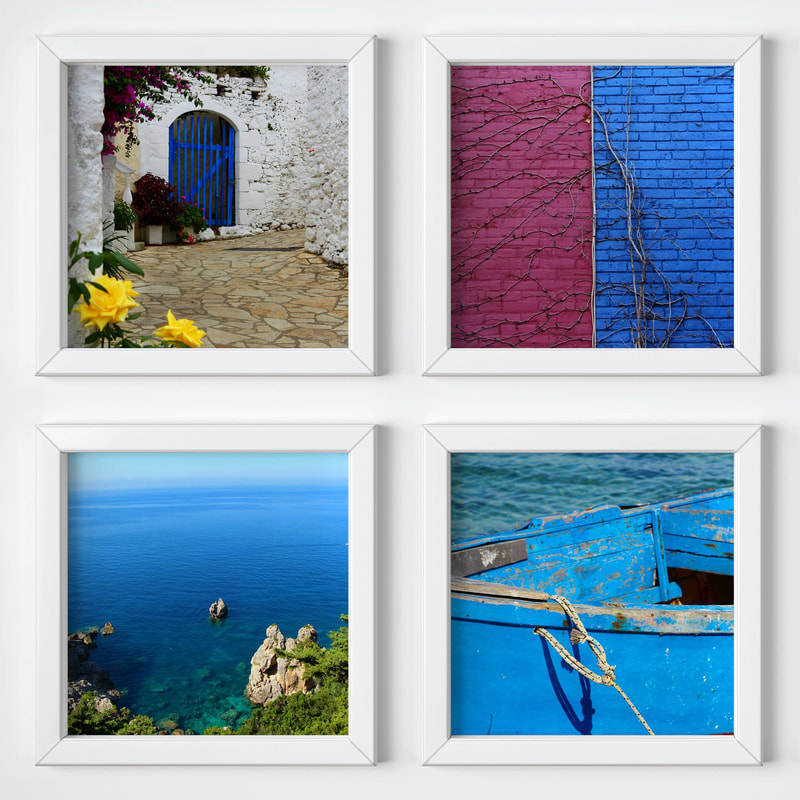
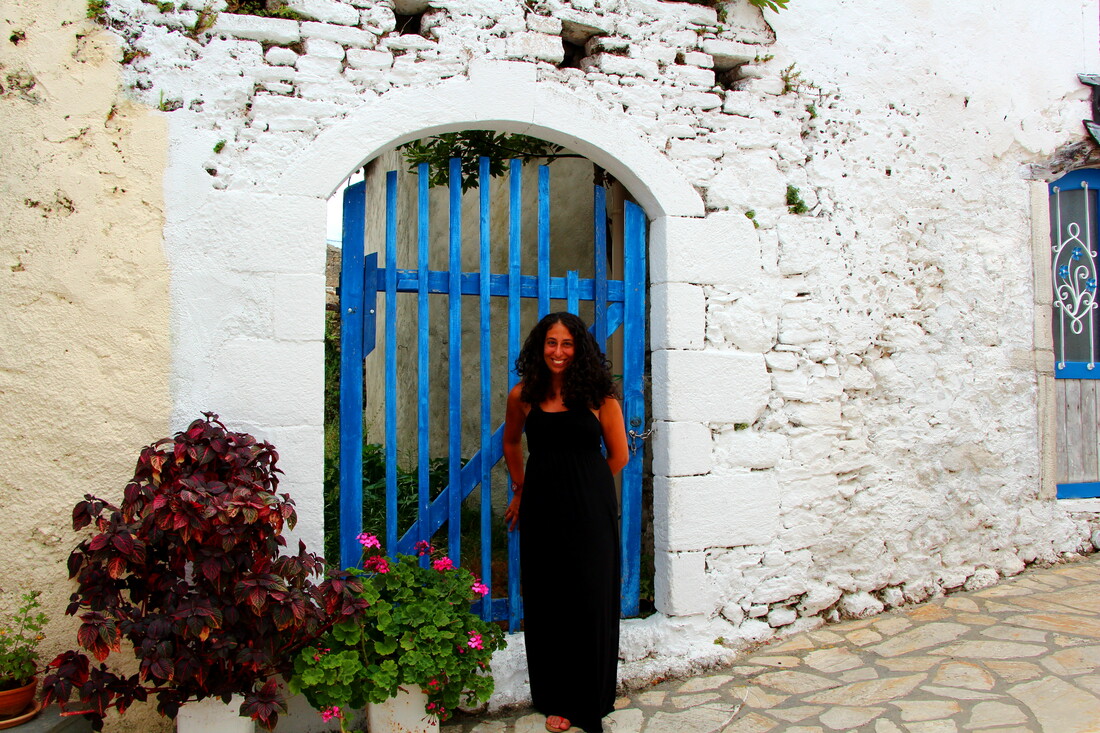
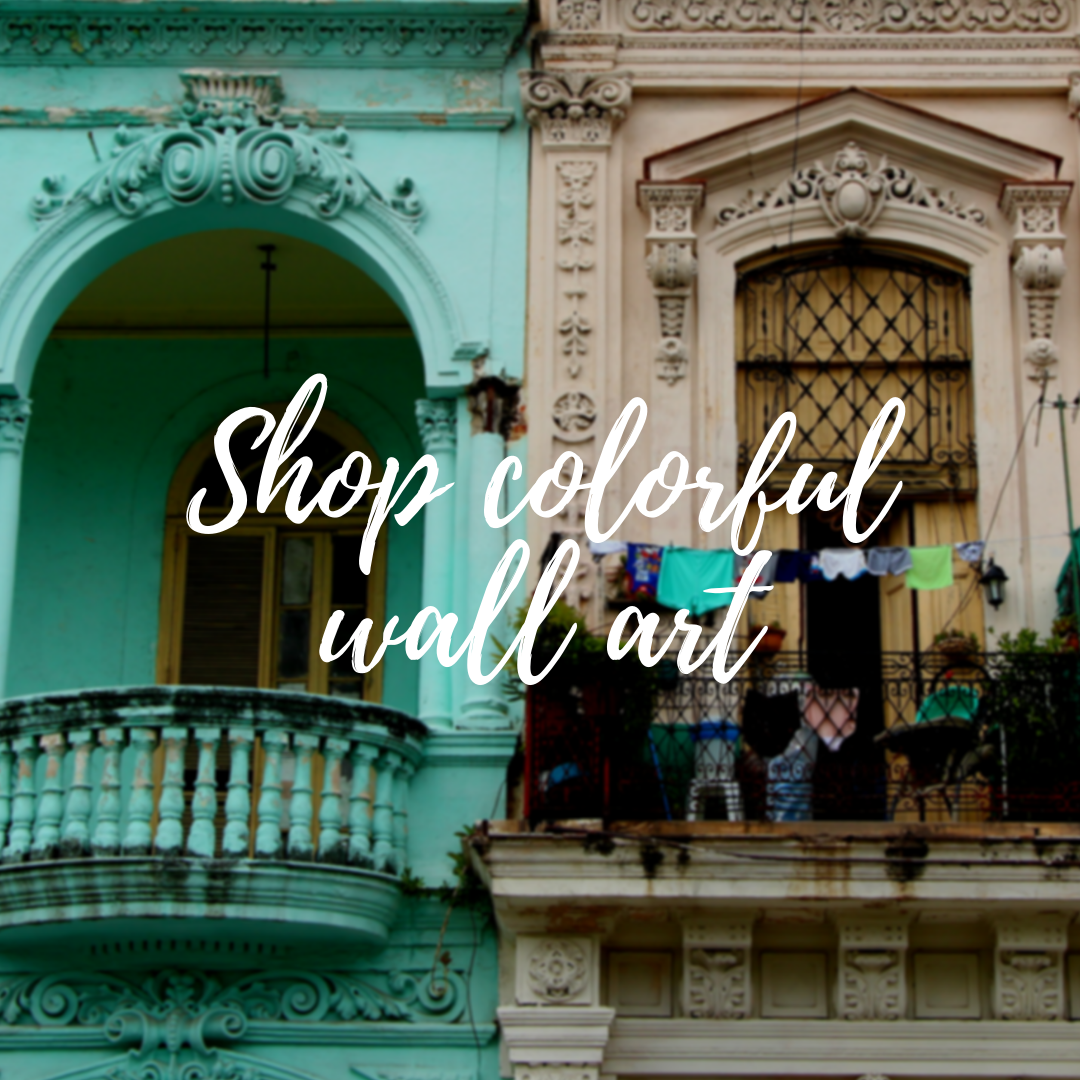
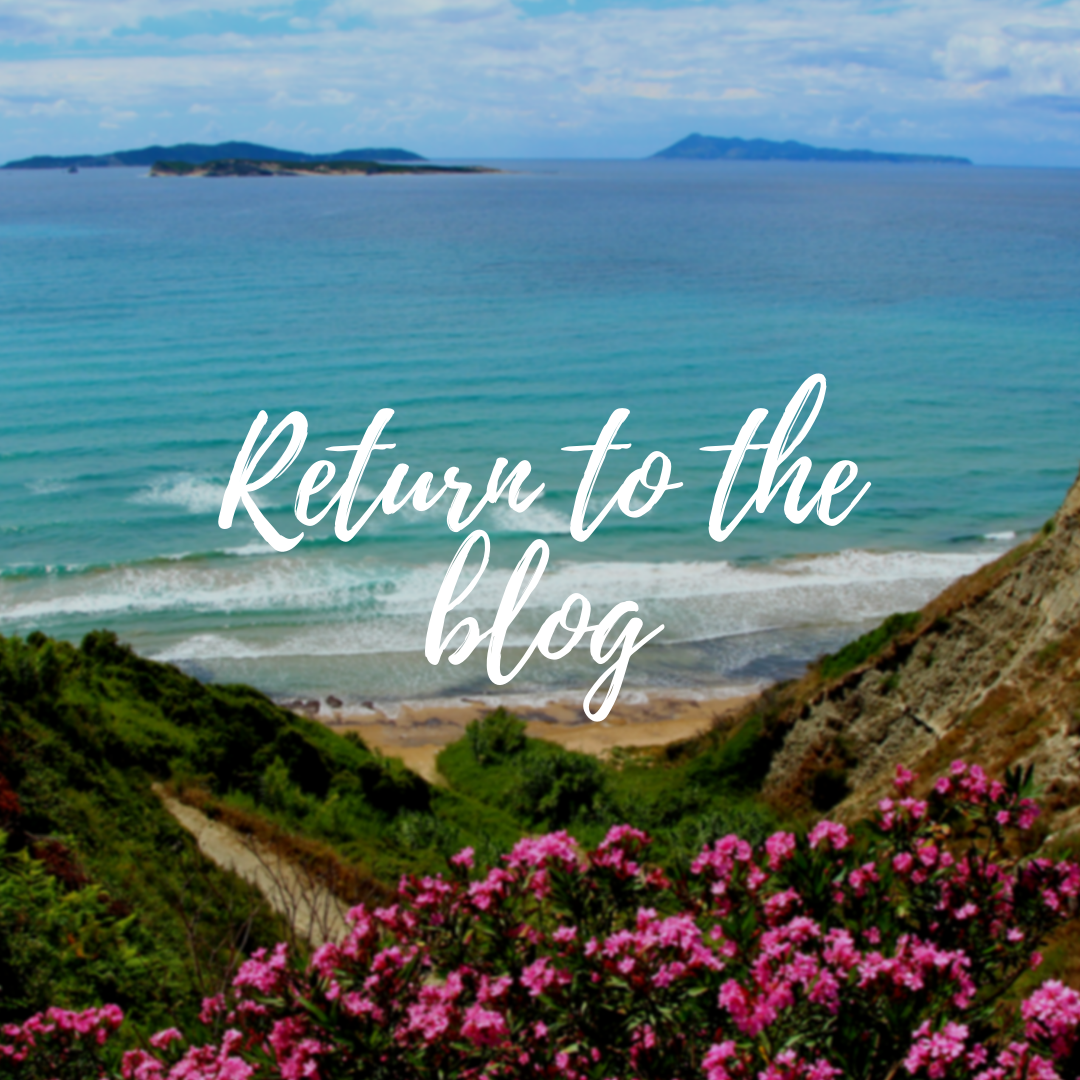
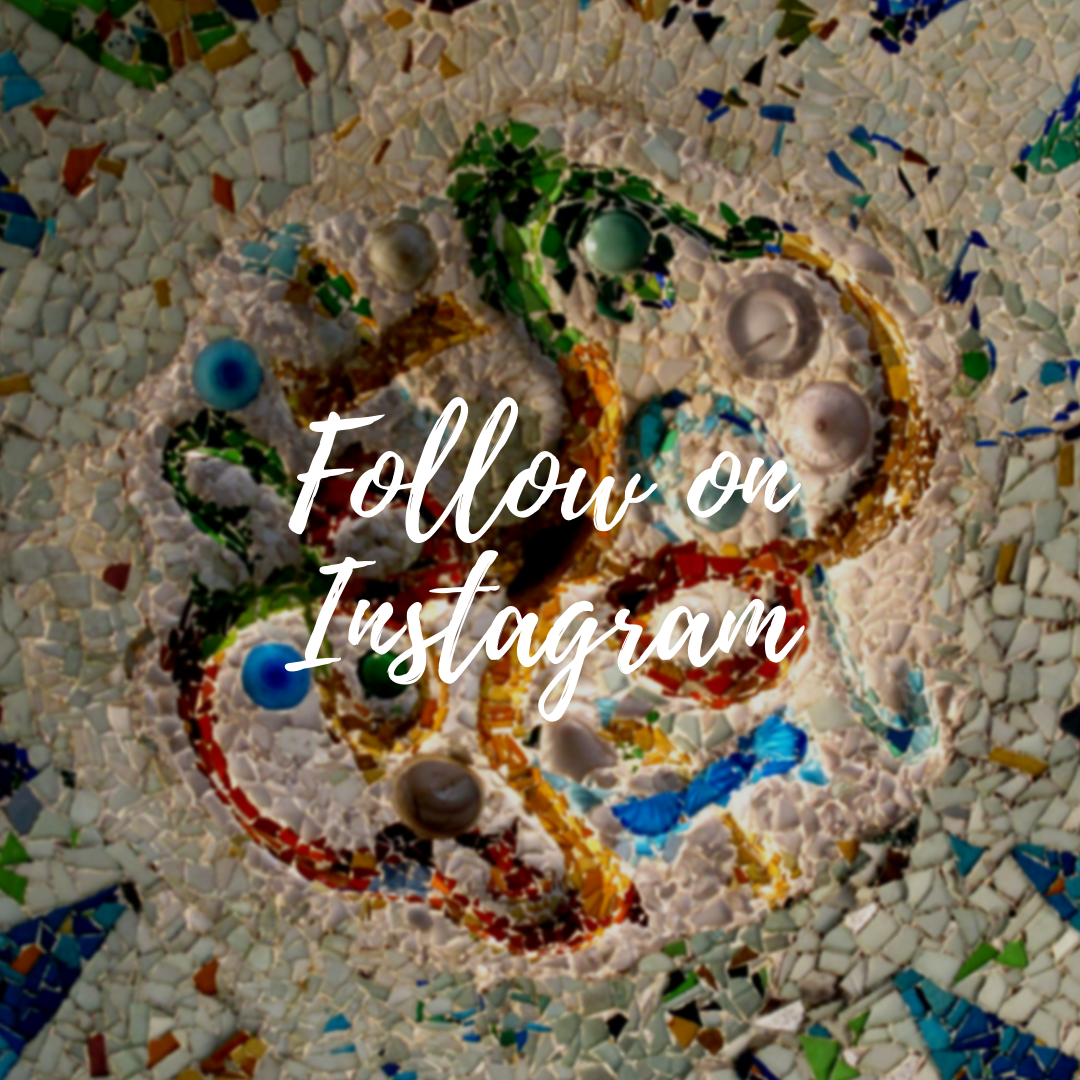

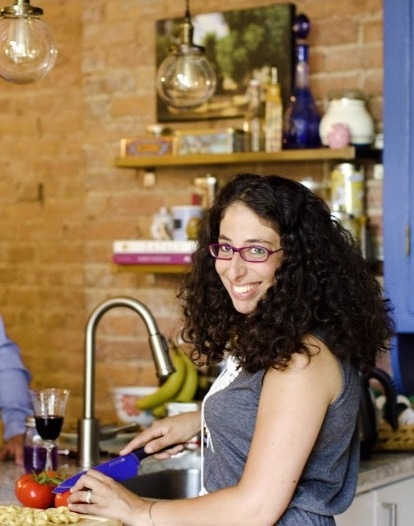
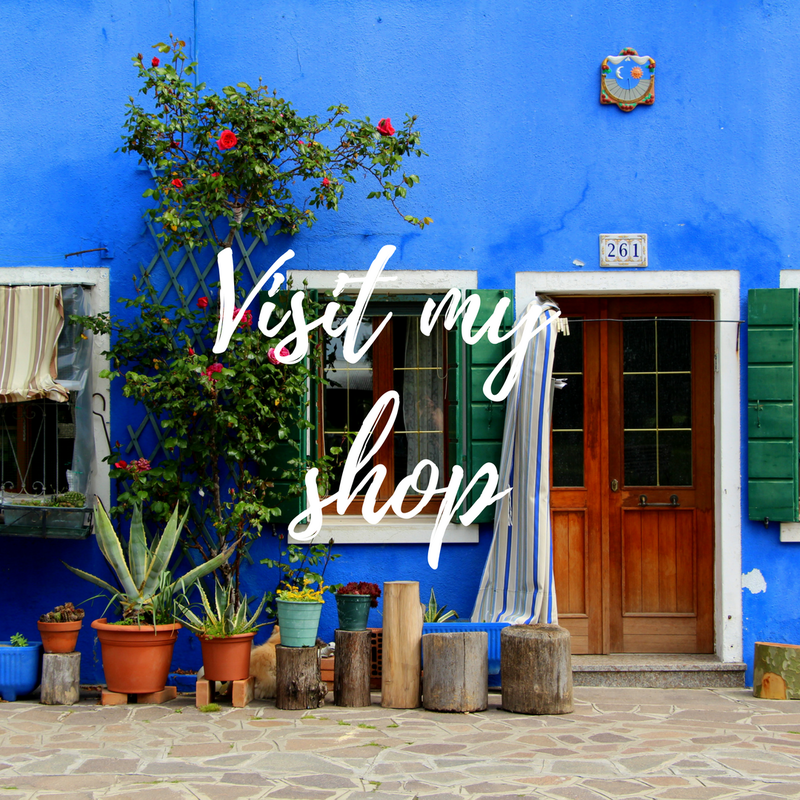
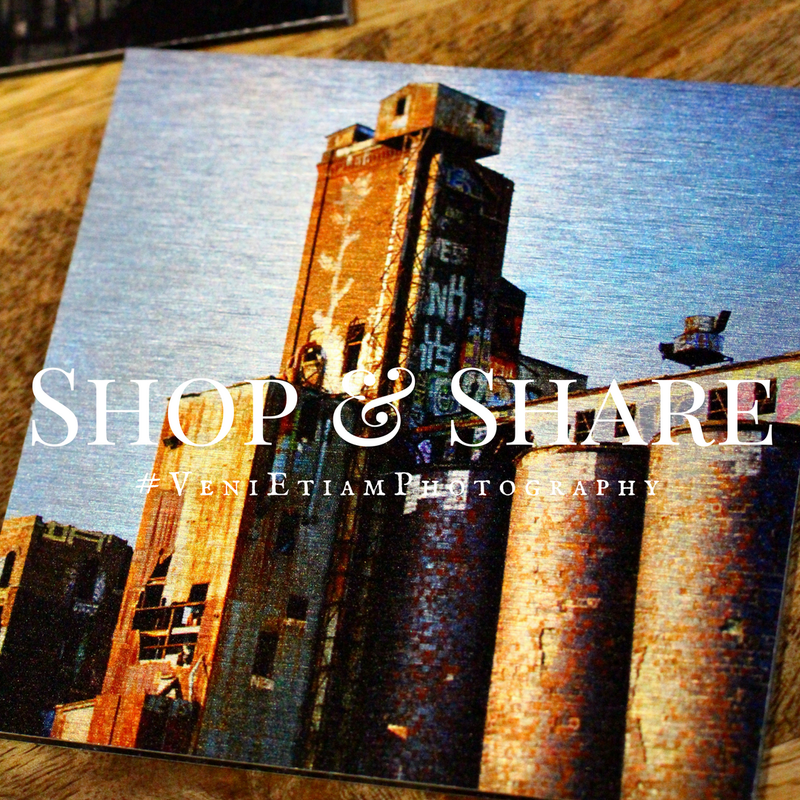
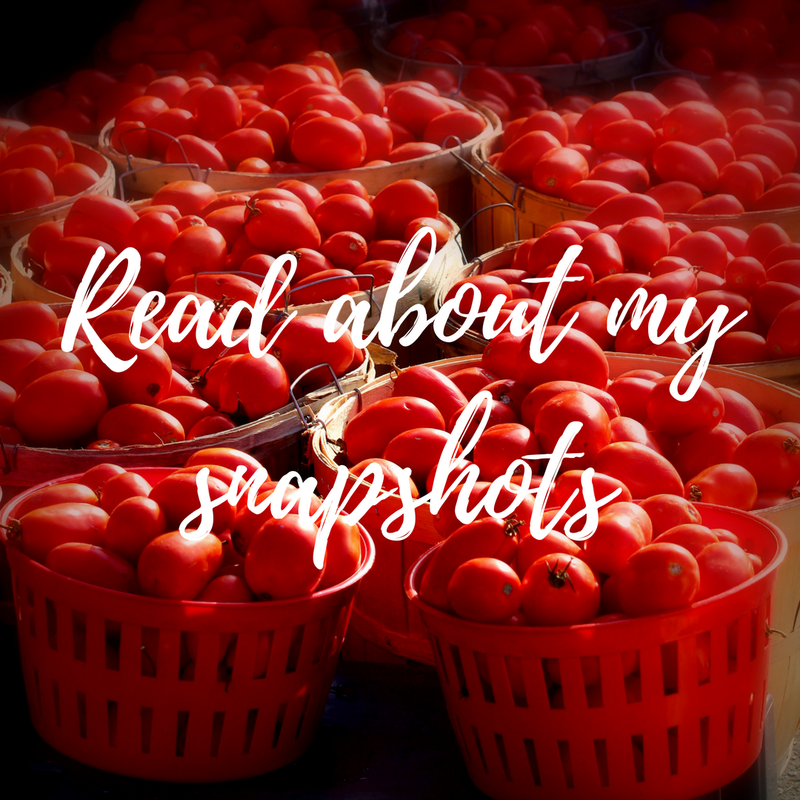
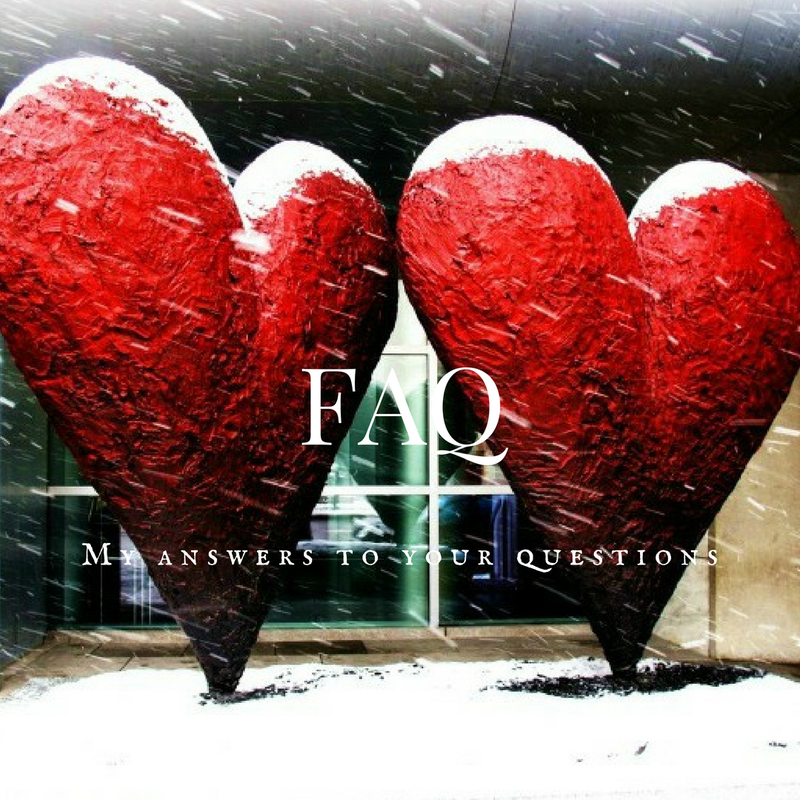
 RSS Feed
RSS Feed